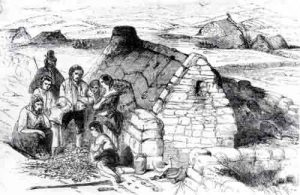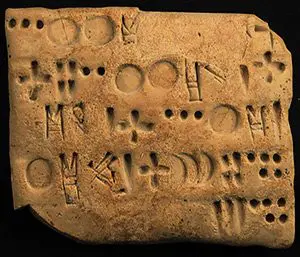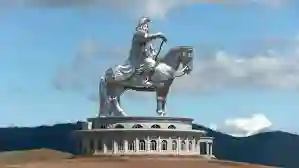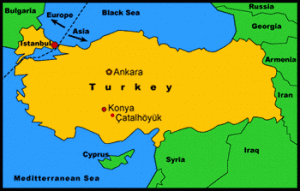26th June 2017: Manchester Sound(s); Silent Notes From the Past by Dominique Tessier
Come along to The Castle Hotel (66 Oldham St, Manchester M4 1LE) from 7pm. Come along for a bite of food, a chance to socialise and a talk about the history and sounds of Manchester…
Title of Talk:
Manchester Sound(s); Silent Notes From the Past by Dominique Tessier
Read more…





